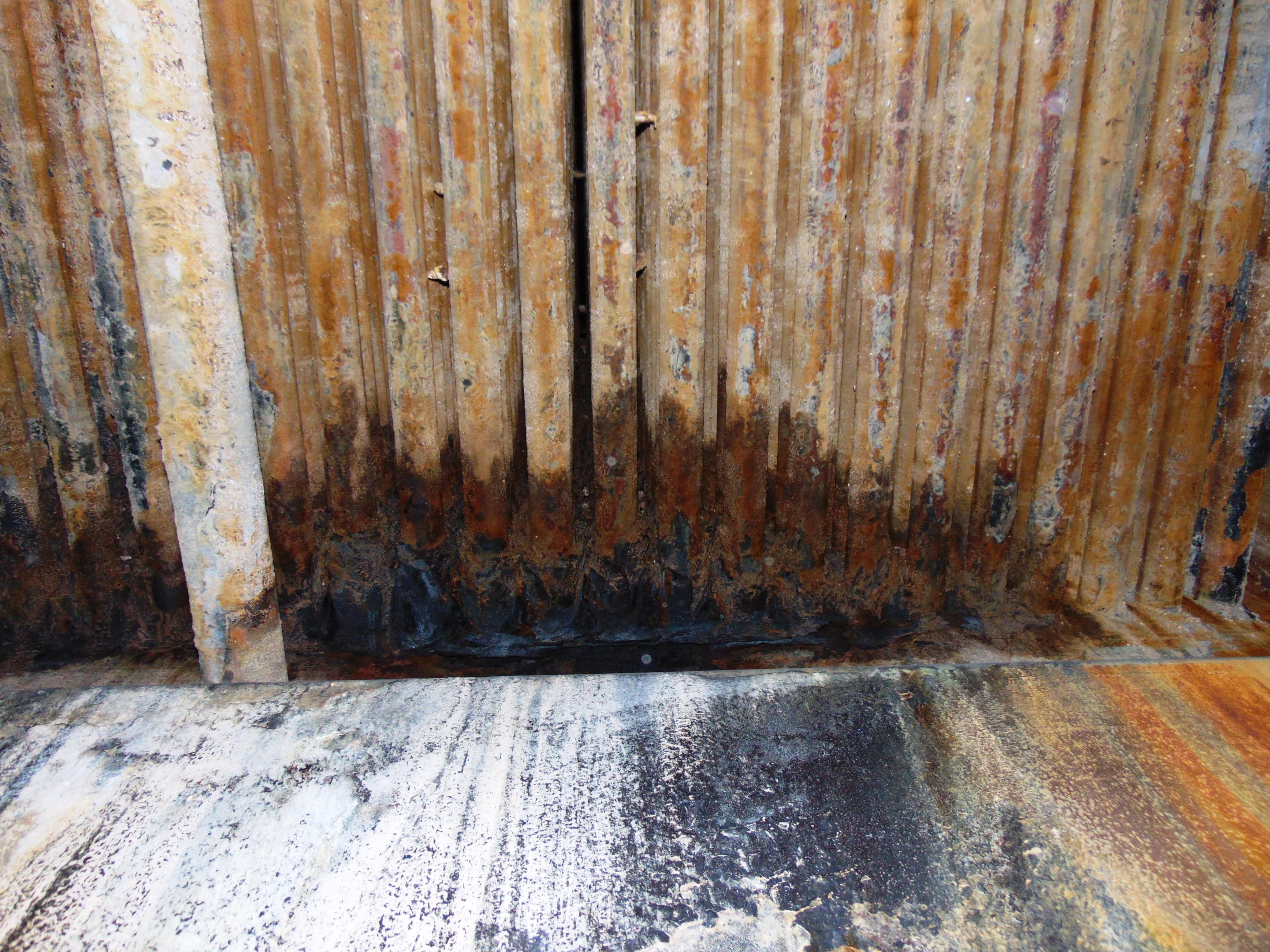Calculating Acid Dew Point for Tubular Air Heaters

There are several industry time proven standard methods used to calculate acid dew point of the acids found in fossil fuel combustion gas. Generally these calculations are focused on each specific type of acid in the gas. Corrosion Monitoring Services (CMS) has applied these calculations to develop an Acid Dew Point Estimator (ADPE) tool.
The ADPE can be integrated with another tool, the Financial Impact Report (FIR) to obtain data required for the calculations. The CMS-ADPE requires stoichiometric flue gas composition (based on fuel blend in the boiler) and TAH process data from the FIR calculator. This information is used to determine the combustion gas acid dew point. This is then compared with the air heater outlet gas temperature or ideally, tube surface temperature. Obtaining the combustion gas properties based on the fuel mix properties is the first step in evaluating the formation of acid that can develop on the air heater tube surfaces. The image shown is a typical example of corrosion in progress in a tubular air heater (TAH).
TAH Inspections
In the TAH shown in Figure 1, combustion gas flows around the outside of the tubes, and the tube sheet area nearest the cold air inlet has been operating below the acid dew point (wet) and already collected liquid and ash. This type of acid dew point corrosion is often identified in its early stages during TAH inspections. This normally occurs on the cold end combustion gas outlet tubes. This is an indication of operation below dew point temperature for the tubes and tube sheet surfaces. The tube sheet surface area and mass provides a massive heat sync exposed to the combustion air inlet.
In Figure 1, it is apparent that the high velocity airflow supplying the tubes has cooled the tubesheet to temperatures below the dew point. Ash does not adhere to a dry tube. It is possible that the unit was not designed to include an air pre-warming system (SCAH) to maintain the tube sheet above the dew point.
Most acid dew point discussions will state that acid dew point is the temperature of flue gas, where acid vapors can condense to a liquid. The standard practice has been to operate sufficiently above the dew point to keep the combustion gas acid in the vapor state to prevent fouling and corrosion of the TAH heating surfaces. This concept is generally correct; however, the real problem is generally masked because of the lack of sufficient or accurate process data and the change from design expected load profile.
Measurement and Estimation Issues
Generally, the industry has become accustomed to thinking about air heater exit gas temperature in relation to the dew point. This creates the misconception that the air heater is safe from operating below the dew point. In reality, the tube metal surface exposed to the flue gas is where the problem is created. The tube metal temperature will always be lower than the exit gas due to the cooling effect from the combustion air. The tube metal is never measured by the plant data collection systems.
When the tube metal surface temperature is below the dew point, allowing liquid to condense on the metal surface exposed to the vapors in the combustion gas, the corrosion process will start if the corrosion products are present in the combustion gas. It is critical to know the dew point of the flue gas components that are corrosive to the TAH metal surfaces.
If you have a problem related to acid dew point corrosion and would like to have CMS discuss potential solutions, ask for our Performance Services engineers at (800) 637-6592 or contact us. Our experience can help you identify potential operational issues directly related to the TAH or the overall system. Our proprietary tools and analyses help you avoid unexpected downtime and unbudgeted expenses that can damage your bottom line.
